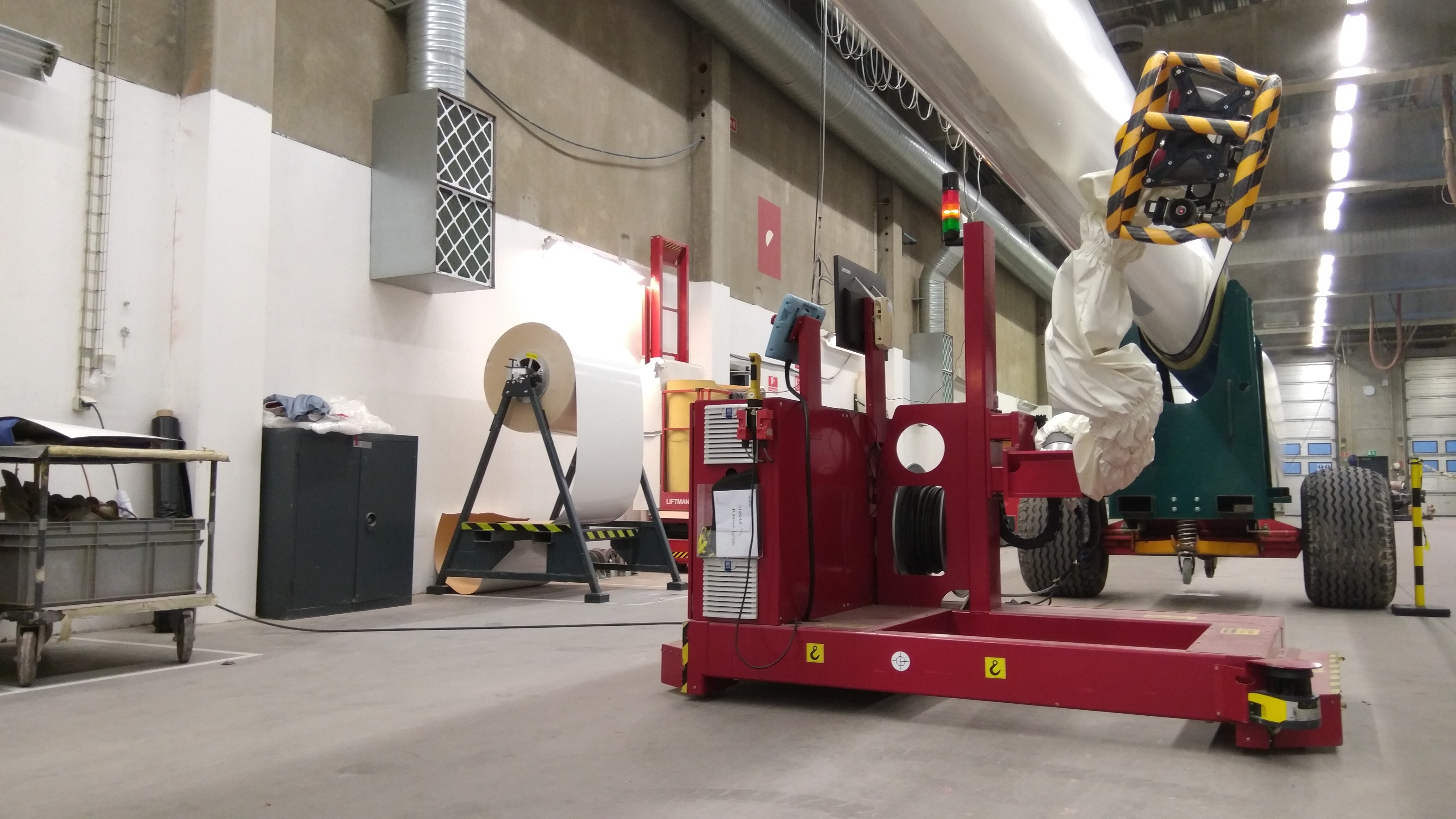
In a MADE project, Siemens Gamesa Renewable Energy, the Technical University of Denmark (DTU) and FORCE Technology have developed an automated solution for inspecting the surface of wind turbine blades using a robot scanner system.
The project has been a part of the MADE research within sensors and quality control. The solution itself has been built and tested in FORCE Technology's facilities before being tested in Siemens Gamesa's blade factory in Aalborg, Denmark.
"The robot can scan the surface with a 3D scanner, a structured light scanner using infrared light to collect 3D point clouds from the blade surface," Rasmus Ahrenkiel Lyngby explains. Rasmus Ahrenkiel Lyngby has been an Industrial PhD at Siemens Gamesa from DTU and been developing the technology and algorithms to control the robot scanner system.
According to Ewa Nielsen, who is Head of Quality Execution at Siemens Gamesa Renewable Energy, the solution is quite unique.
"The innovative element is first of all that we have an autonomous robot. We do not need to pre-program it at all, it adapts to the individual blade, which is incredibly impressive. When you have to measure something that is so big and make a piece of equipment that automatically finds out what to measure, and then adapt its algorithms to where it should move. That is one of the fantastic and very unique elements about it," Ewa Nielsen says.
Another valuable element is that the system also provides data, which can, for example, be used to plan maintenance of the blades.
FORCE Technology has been involved in constructing the automatically guided platform, and Program Manager Thomas Aaboe Jensen sees great perspectives for the solution in a number of other cases.
"If you want to find internal defects on large structures and geometries, you could imagine putting on an ultrasound system on. It could be bridges, pipe constructions or towers for wind turbines. Everything that you can imagine that is huge and where you would like a 3D model of the actual construction," Thomas Aaboe Jensen explains.